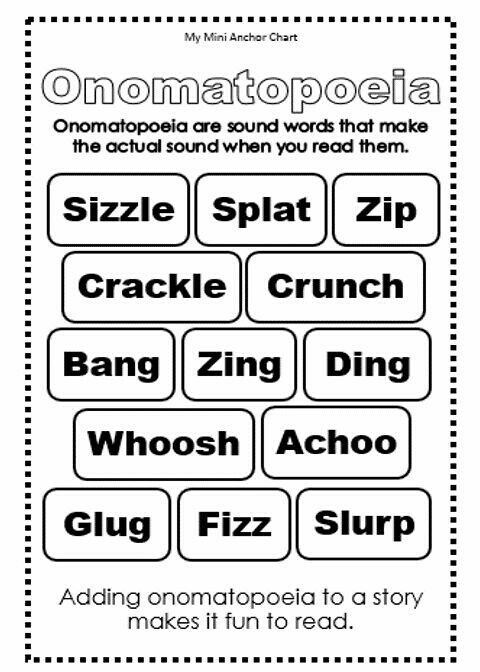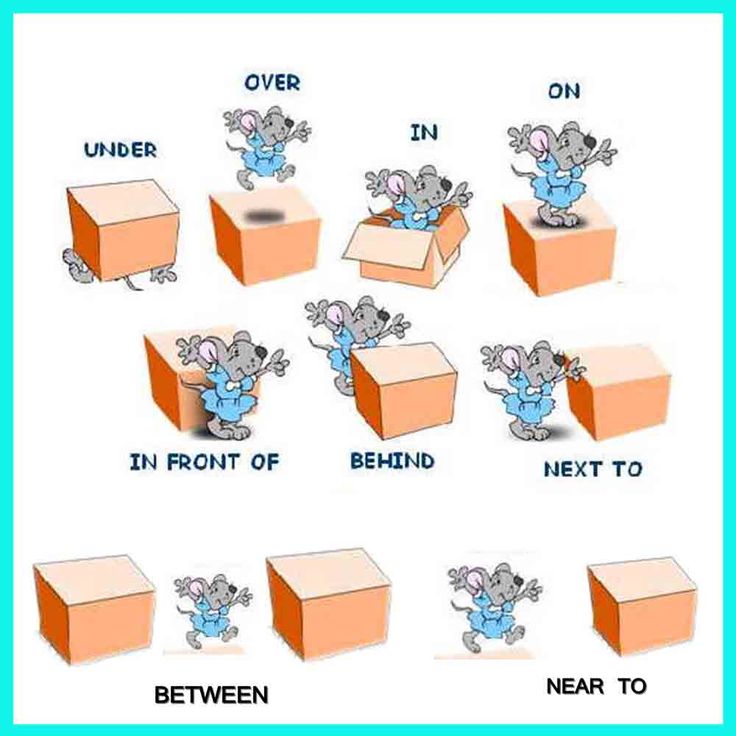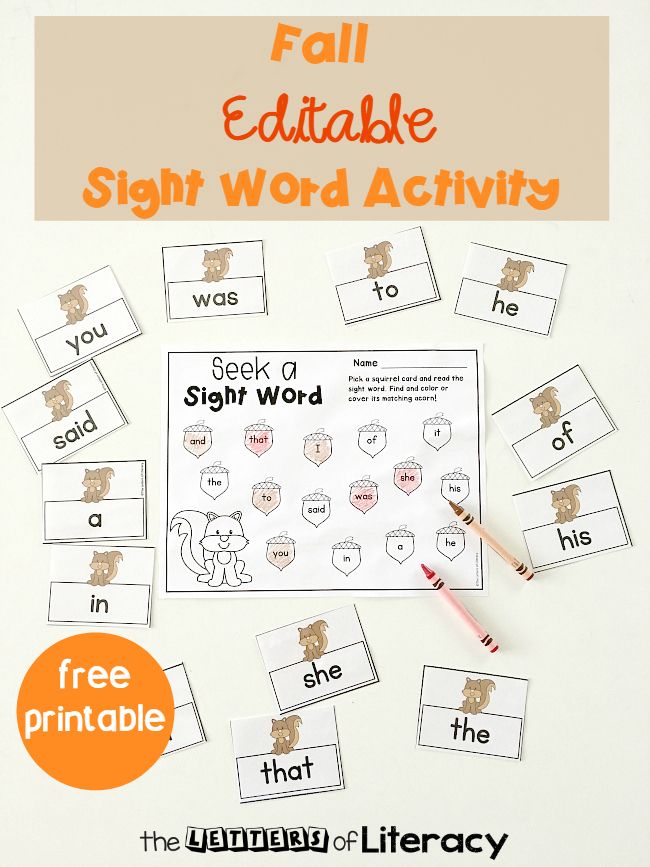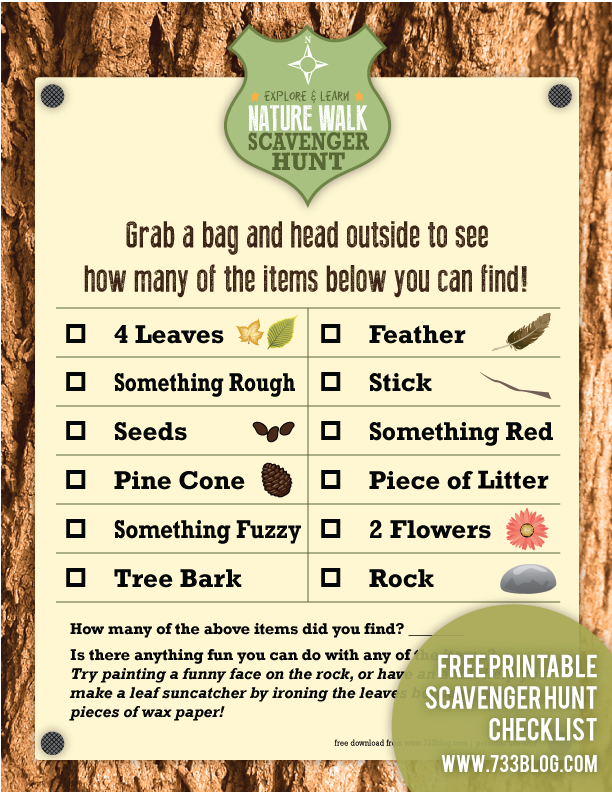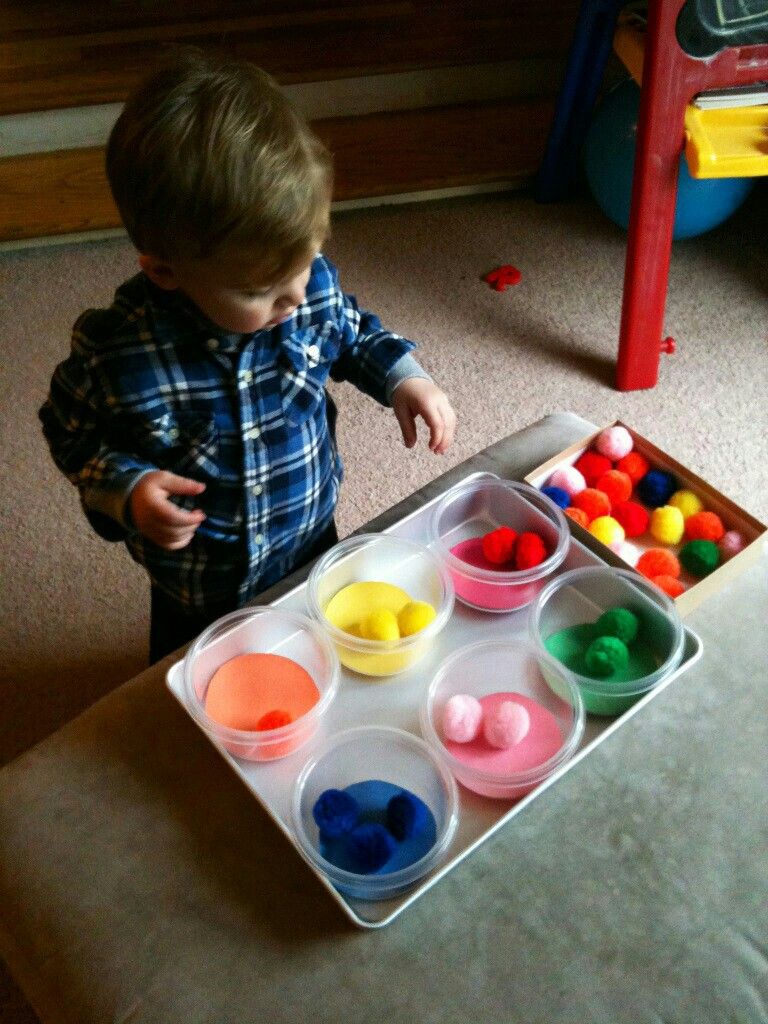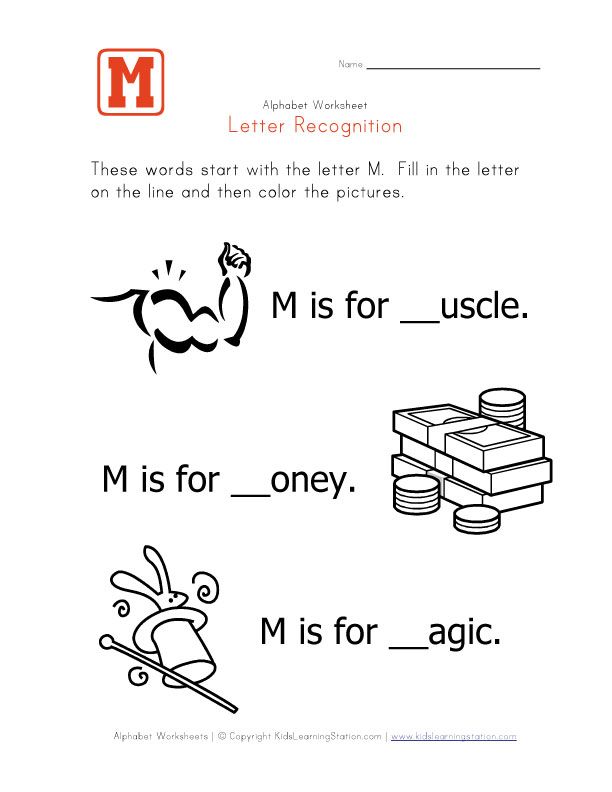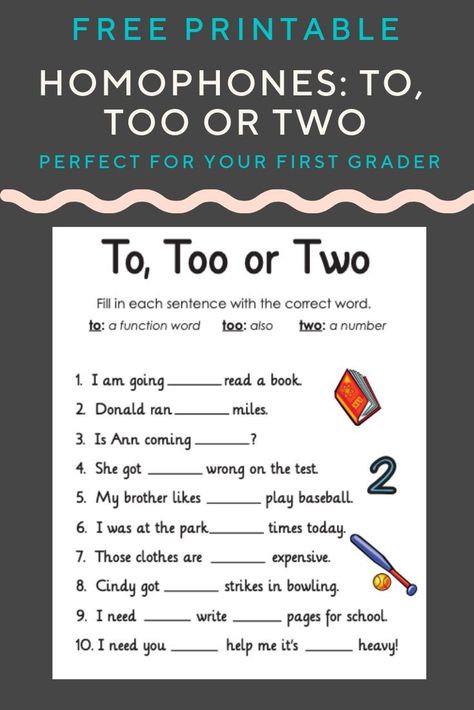Sounding of words
How to Sound Out Words
(from The Teacher’s Guide: Third Grade to Adult Edition)
If a student encounters a word that he does not know how to decode, he must sound out the word. Sounding out a word refers to the process of decoding a word by identifying the sounds of each individual letter in the word and then blending those sounds together. A student sounds out a word when he does not know the identity of the word. There is a specific sequence of steps to follow when using this sounding-out procedure. When a student is sounding out a word, have him perform the following steps, and insist that this sequence of activities be systematically followed.
Procedure To Follow When Sounding Out an Unknown Word:
Step One: Always begin by identifying the vowel sound.
Step Two: After accurately identifying the vowel sound, identify the consonant sound that immediately follows the vowel sound.
Step Three: Blend together the vowel sound with the following consonant sound.
Step Four: If two consonants follow the vowel and do not join to together to form a consonant team, isolate the vowel sound and the first consonant that follows the vowel. Blend those two sounds together. Next isolate the sound of the second consonant following the vowel. Blend the sound of the vowel and the first consonant with the sound of the second consonant.
Step Five: After the vowel sound and all consonant sounds found after the vowel have been blended together, have the student identify the sound of the consonant letter that comes immediately before the vowel.
Step Six: Blend together the consonant sound with the sound of the vowel and the consonant letter or letters that come after the vowel.
Step Seven: If two or three consonant letters come before the vowel and do not join together to form a team, start with the consonant closest to the vowel. Identify that consonant’s sound and blend it with the sound of the vowel and the consonant letters that follow the vowel.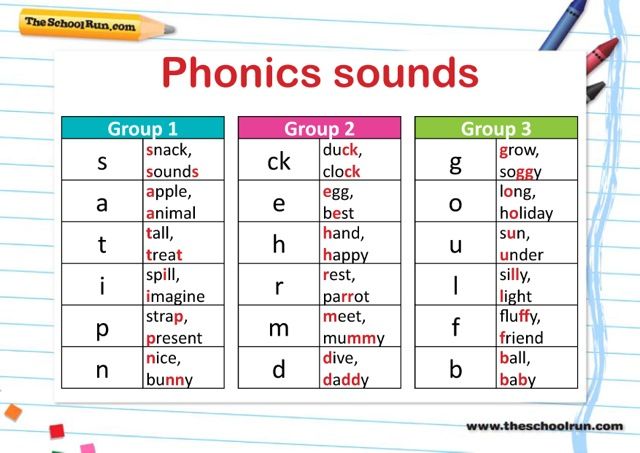 Next isolate the sound of the next adjacent consonant letter. Blend that letter’s sound with the sound of the rest of the word that has already been decoded. If a third consonant occurs before the vowel, isolate that letter’s sound last and then blend its sound with the rest of the word.
Next isolate the sound of the next adjacent consonant letter. Blend that letter’s sound with the sound of the rest of the word that has already been decoded. If a third consonant occurs before the vowel, isolate that letter’s sound last and then blend its sound with the rest of the word.
Teach students always to begin sounding out one-syllable words by identifying the sound of the vowel within the syllable first.
Researchers have discovered that syllables can be subdivided into two component parts. Onsets are that part of the syllable that consist of whatever consonants occur before the vowel; rhymes are that part of the syllable containing the vowel and whatever consonants follow the vowel. Researchers have further identified the fact that students are more easily able to decode a word by being taught to isolate the onsets and rhymes within words. Thus by teaching students to start the decoding process by isolating the sound of the vowel and any subsequent consonants which follow the vowel, you are in effect teaching students to subdivide a syllable into its most basic component parts.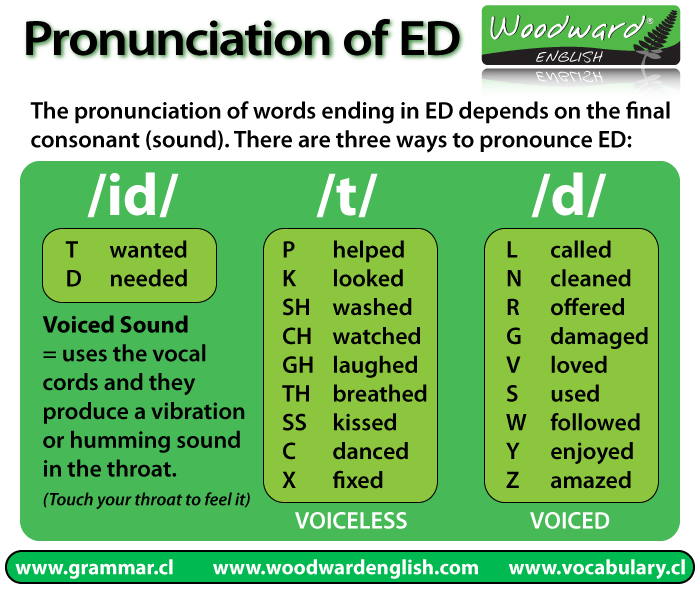
When sounding out a word, your student is being asked to perform two tasks simultaneously: 1) to associate a specific sound with a specific letter and 2) to blend smoothly one sound to another. Either of these two skills can individually be difficult for some. Blending for someone to whom this concept is foreign can be particularly challenging. However with persistence your student will learn to perform both of these skills automatically.
The Teacher’s Guide: Third Grade to Adult Edition
Continue to next page.
Return to At-Risk and Struggling Readers Home Page
Helping Kids Sound Out Words (+ FREE Downloads!)
by Marie Rippel
When you read, you probably don’t spend much time decoding the individual words. You just read, and as you get to each word, you instantly recognize it. But beginning readers don’t have that kind of instant recall yet, so it is important to teach them how to sound out words.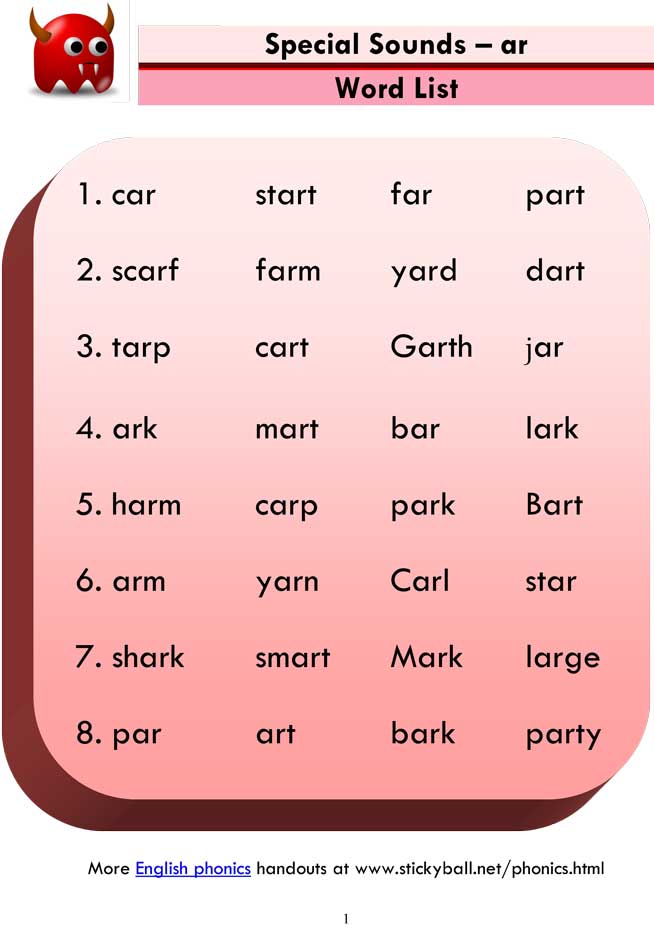
What Does “Sounding Out Words” Mean?
When you sound out a word, you say each sound in the word slowly (s…i…t), and then say the sounds together more quickly (sit). The technical term for this process is blending because sounds are blended together to form a word. Here’s a quick demo:
Our free Blending Procedure PDF has complete step-by-step instructions for both one-syllable and multisyllabic words.
Why Is Sounding Out (or Blending) Important?
When a child can say the sounds of the letters in the order in which they appear, and can then blend those sounds into a recognizable word, she is able to read thousands of phonetically regular words.
Because it unlocks so many words, blending is an important step toward the goal of reading comprehension. In fact, research shows that learning to sound out words has a powerful effect on reading comprehension.1
In fact, research shows that learning to sound out words has a powerful effect on reading comprehension.1
What Kids Should Know Before Sounding Out Words
Before you attempt to teach your child to sound out words, check to see if he is ready. Here’s a free Reading Readiness Checklist for you to download. If you discover that your child isn’t quite ready for reading instruction, you can use the All About Reading Pre-reading program to prepare.
After you’ve used the checklist to ensure that your child is ready to learn to read, it’s time to teach the letter-sound correspondences of several letters of the alphabet. The letters M, S, P, and A are a good place to start because the sounds are easy to pronounce and several interesting words can be formed right away.
Before we get into the four easy steps for teaching blending, let’s discuss a problem that many beginning readers encounter. Recognizing this problem will help you better understand the steps for blending.
Short-term Memory Issues Can Affect Blending
When kids first learn how to decode three-letter words, they have to juggle several cognitive processes simultaneously:
- They must recognize the letters.
- They must retrieve the sounds of those letters.
- They must hold all three sounds in the memory while they sound out the word.
There is a lot going on in their brains! In fact, it is very common for beginning readers to have difficulty with standard blending procedures. Just about anyone who has taught blending has encountered a situation like this:
What just happened there? Here’s the problem: by the time the child got to the third letter, he had forgotten the sounds of the first two letters, and then had to resort to guessing. But it’s not that kids can’t remember three things in a row—it’s just that there are too many competing processes going on in their heads at once.
It’s easy to understand the problem.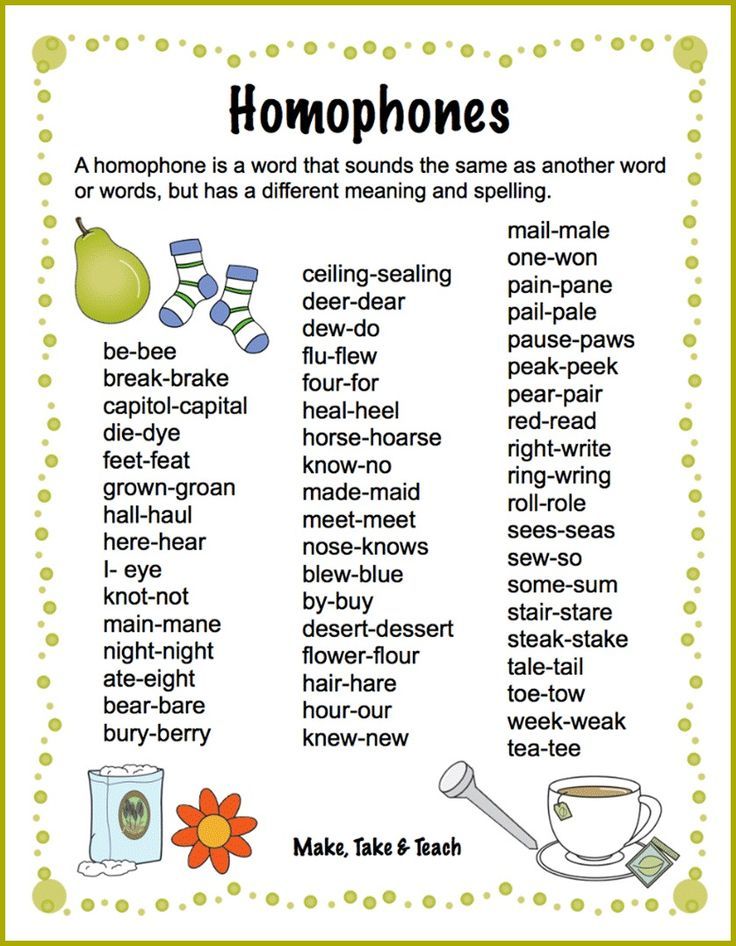 But what can we do to help?
But what can we do to help?
“Cumulative Blending” Solves This Problem
Cumulative blending is quite simple. Start by building a phonetically regular word with the Letter Tiles app or physical letter tiles and then follow the steps below. We’ll demonstrate with the word map.
- Touch one letter at a time and say the sound of each letter.
- Go back to the beginning of the word and blend the first two sounds together.
- Start over at the beginning of the word. Slide your finger under the letters and blend all three sounds together.
- Finally, say the word at a normal pace, as we do when we speak.
This is called cumulative blending because there are successive additions of the letter sounds.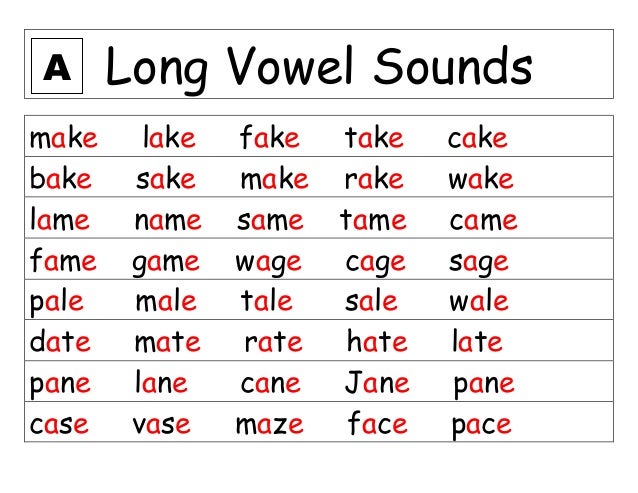 First we blend the first two sounds (/mă/). Then we start at the beginning of the word again, this time blending all three sounds (/măp/). If there were more sounds in the word, as in split, we’d start at the beginning of the word for each successive addition:
First we blend the first two sounds (/mă/). Then we start at the beginning of the word again, this time blending all three sounds (/măp/). If there were more sounds in the word, as in split, we’d start at the beginning of the word for each successive addition:
/sp/
/spl/
/splĭ/
/splĭt/
Cumulative blending provides the extra support, or “scaffolding,” that beginning readers need. When you feel your student is ready, he can try blending all three letters without this additional step, but don’t try to withdraw the support too soon. These steps and the support they provide help memory issues immensely.
Download a Free Blending Lesson
Would you like to see how we teach blending in the All About Reading program? Download this sample lesson!
This is the first lesson in AAR Level 1. The blending activities start on page 4 of the PDF.
The All About Reading program walks you through blending and all the skills your student needs to become a strong reader. The program is multisensory, motivating, and complete. And if you ever need a helping hand, we’re here for you.
The program is multisensory, motivating, and complete. And if you ever need a helping hand, we’re here for you.
What’s your take on teaching kids to sound out words? Have anything else to share? Let me know in the comments below!
___________________________________
1 University of Royal Holloway London. (2017, April 20). Phonics works: Sounding out words is best way to teach reading, study suggests. ScienceDaily. Retrieved May 1, 2017 from www.sciencedaily.com
English sounds. Pronunciation of English Sounds
Interactive table contains 44 sounds used in British English. All English sounds are pronounced by a native speaker. To listen to how a sound is pronounced, you need to click on the corresponding button with this sound. Clicking on the icon opens an additional window with a brief description of the sound and an explanation of what needs to be done to correctly pronounce this sound. All example words are clickable, so you can click on the word and listen to its pronunciation.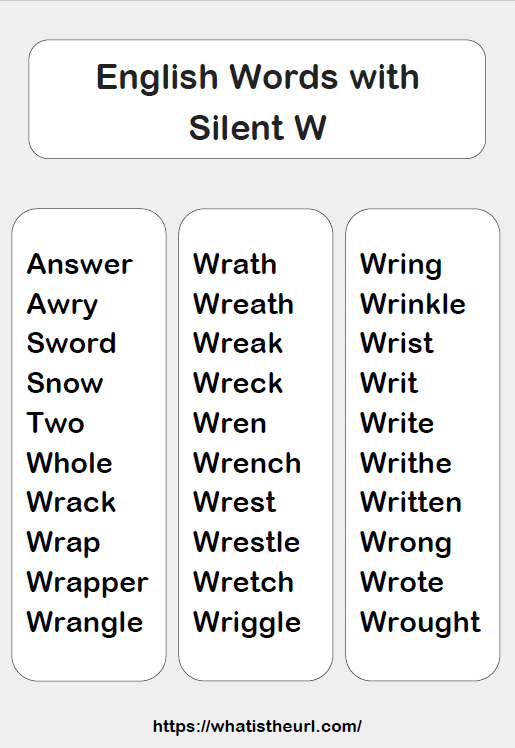
iː
f ee l
r ea d
ɪ
un i t
w i nd
ʊ
p u t
l oo k
uː
n oo n
bl u e
e
b e d
d e sk
ə
a gain
und e r
w or k
b ur n
sm all
m or ning
æ
b a d
ex a m
ʌ
n u t
c u t
ɑː
d ar k
ar e
ɒ
n o t
w a sh
ɪə
r ea l
b ee r
eɪ
s a y
t a ble
ʊə
t or r
j u ry
e9
b oy
n oi se
əʊ
c oa t
fl ow
eə
wh ere
th air
aɪ
f i ve
m y
aʊ
h ow
cl ou d
p
p en
hel p
f
f ine
gi f t
t
ho t el
t ree
θ
th ink
no th ing
tʃ
ea ch
mu ch
s
s it
pla c e
ʃ
sh ip
fi sh
k
c old
par k
b
b eef
b ath
v
v ery
se v en
d
d ay
kin d
ð
th en
wea th er
dʒ
a g e
langua g e
z
z ero
z oo
ʒ
plea s ure
mea s ure
ɡ
g old
ba g
h
h is
h ere
m
m an
swi m
n
n ame
fi n ish
ŋ
si ng
thi ng
r
r ed
ve r y
l
l ong
fu ll
w
w ill
w indow
j
and ear
y es
The organs of speech and their work
To learn how to pronounce English sounds correctly, you need to have an idea about the organs of speech and know what position the organs of speech occupy when pronouncing a particular sound.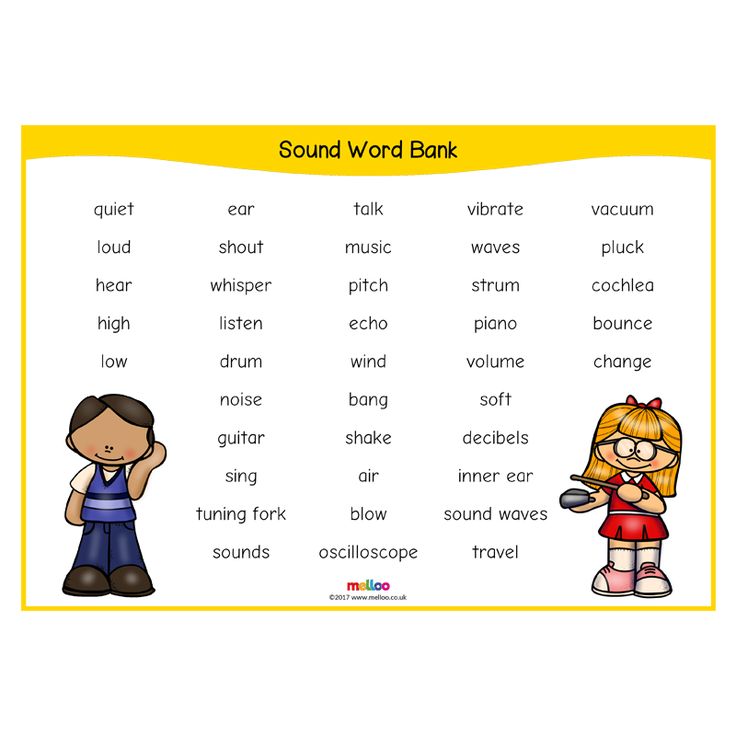 The oral cavity contains the tongue, palate (it separates the oral cavity from the nasal cavity), teeth and lips. Usually, the tongue is conditionally divided into the following parts: the tip of the tongue, the front of the tongue, the middle part and the back of the tongue with the root. The palate includes the alveoli (small bumps behind the upper teeth), the hard palate, and a mobile soft palate with a small uvula.
The oral cavity contains the tongue, palate (it separates the oral cavity from the nasal cavity), teeth and lips. Usually, the tongue is conditionally divided into the following parts: the tip of the tongue, the front of the tongue, the middle part and the back of the tongue with the root. The palate includes the alveoli (small bumps behind the upper teeth), the hard palate, and a mobile soft palate with a small uvula.
The vocal cords are located in the larynx. When pronouncing deaf consonants, the vocal cords are not tense and apart. When the vocal cords are tense, the air current sets them in motion, they begin to vibrate. This is how the voice arises, which we hear when pronouncing vowels and voiced consonants. Try to touch your larynx with your hand and pronounce any vowel or voiced consonant sound, and you will feel a slight vibration of the vocal cords. If you pronounce a deaf consonant sound, then there will be no vibration.
Vowel sounds in English. Monophthongs and diphthongs
Monophthongs are vowel sounds (for example, [ɔː]), during the pronunciation of which the vocal apparatus maintains a certain fixed position, and the articulation does not change during the entire period of sounding.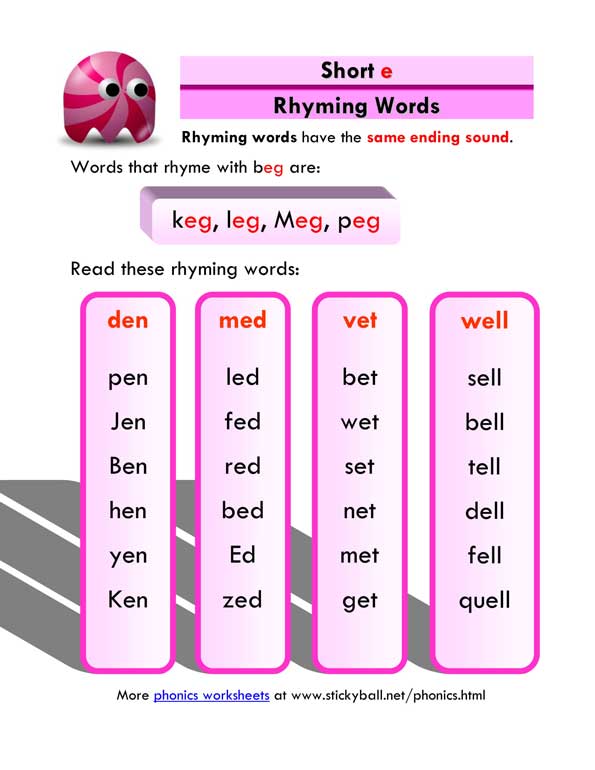
Diphthongs are vowel sounds (eg [aɪ]) that consist of two different elements. When pronouncing a diphthong, the organs of speech take a position for the first element (or core), and then smoothly move to the second element. The core of the diphthong (or the first element) is longer and more pronounced. The second element is usually more concise and not as loud.
Also pay attention to the longitude of vowels in English, which is denoted by a colon in transcription. Errors in vowel length often lead to a violation of the meaning. For example, ship [ʃɪp] - ship and sheep [ʃiːp] - ram .
Consonant sounds in English
English consonant sounds, in comparison with Russian ones, are pronounced more energetically, with greater physical expenditure of energy. For example, when pronouncing the sound [m], the lips close more tightly than when pronouncing the Russian [m]. English voiceless consonants are pronounced with a stronger exhalation than similar sounds in Russian.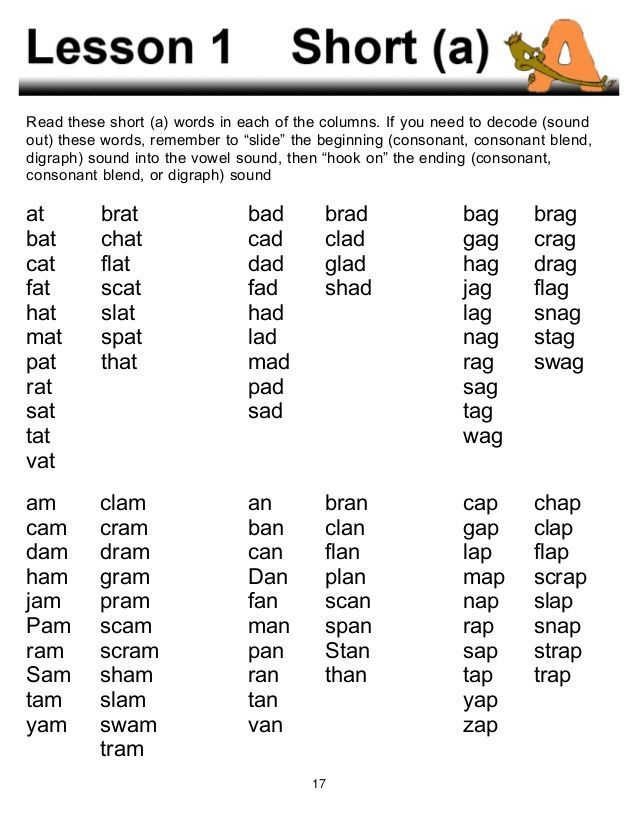 It should also be noted that, unlike Russian voiced consonants, English voiced consonants are not stunned at the end of words, as in many cases this can lead to a distortion of the meaning. For example, bad [bæd] - bad and bat [bæt] - bat .
It should also be noted that, unlike Russian voiced consonants, English voiced consonants are not stunned at the end of words, as in many cases this can lead to a distortion of the meaning. For example, bad [bæd] - bad and bat [bæt] - bat .
toPhonetics
Hello! We want to make this online translator of English text to transcription the best on the Internet (more about the project). Leave your wishes and feedback in the comments below, they will be taken into account. Answers to frequently asked questions are here.
TheTranscriptor has the following features and functions:
- British or American pronunciation of words. When choosing a British dialect, in accordance with British phonetics, [r] at the end of a word is voiced only if the next word in the phrase begins with a vowel sound.
- The symbols of the International Phonetic Alphabet (IPA) familiar to us.
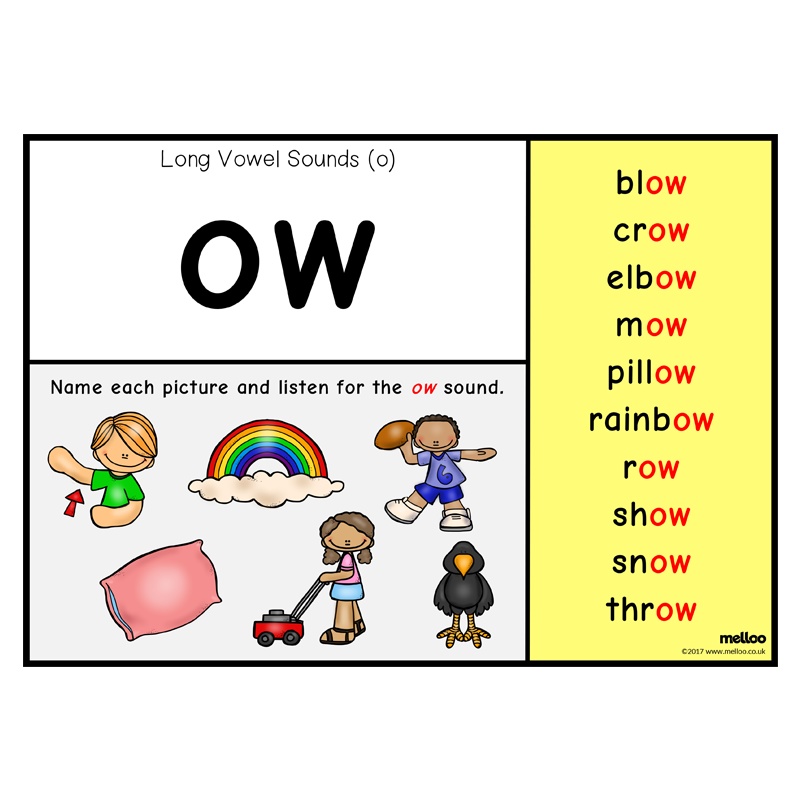
- Transcription of the text preserves the original format of sentences, including punctuation marks, etc.
- Possibility of displaying transcription taking into account the weak position of words in a sentence, as it happens in live connected speech (the “Take into account the weak position” checkbox).
- Uppercase words not found are interpreted as abbreviations (transcriptions of abbreviations are displayed letter by letter separated by a hyphen).
- To make it easier to check with the original, it is possible to output the transcription in two columns in parallel with the original English text or interlinear. Just enter the desired option under the input field.
- Need English lyrics in Russian letters ? Please! There is a corresponding checkbox next to the input field for those who have never studied English (nevertheless, phonetic transcription is easy to learn and always preferable).
- In cases where a word can be pronounced differently, you can choose from several transcription options.
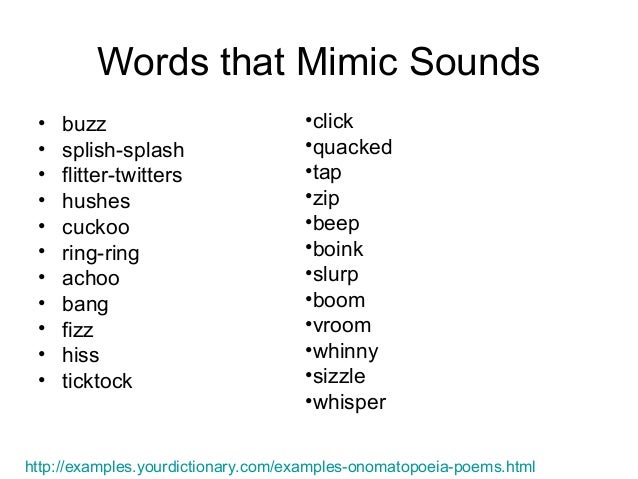 Such words are displayed as links (in blue). If you hover your mouse over them, a list of pronunciation options will appear. To sort through the options in the text (in order to print or copy the text to the clipboard with the correct pronunciation later), you need to click on the word with the mouse.
Such words are displayed as links (in blue). If you hover your mouse over them, a list of pronunciation options will appear. To sort through the options in the text (in order to print or copy the text to the clipboard with the correct pronunciation later), you need to click on the word with the mouse.
Keep in mind that multiple transcriptions can reflect both variations in pronunciation in the same meaning, and the pronunciation of different meanings of a word. If you are not sure which option is needed in your case, check the dictionary. - In addition to commonly used words, the dictionary base includes a transcription of a huge number of geographical names (including the names of countries, their capitals, US states, counties of England), as well as nationalities and the most popular names.
- Words not found (shown in red) are registered and, if repeated in queries, are regularly added to the vocabulary database.
- If your browser supports speech synthesis (Safari - recommended, Chrome), you can listen to the transcribed text.
